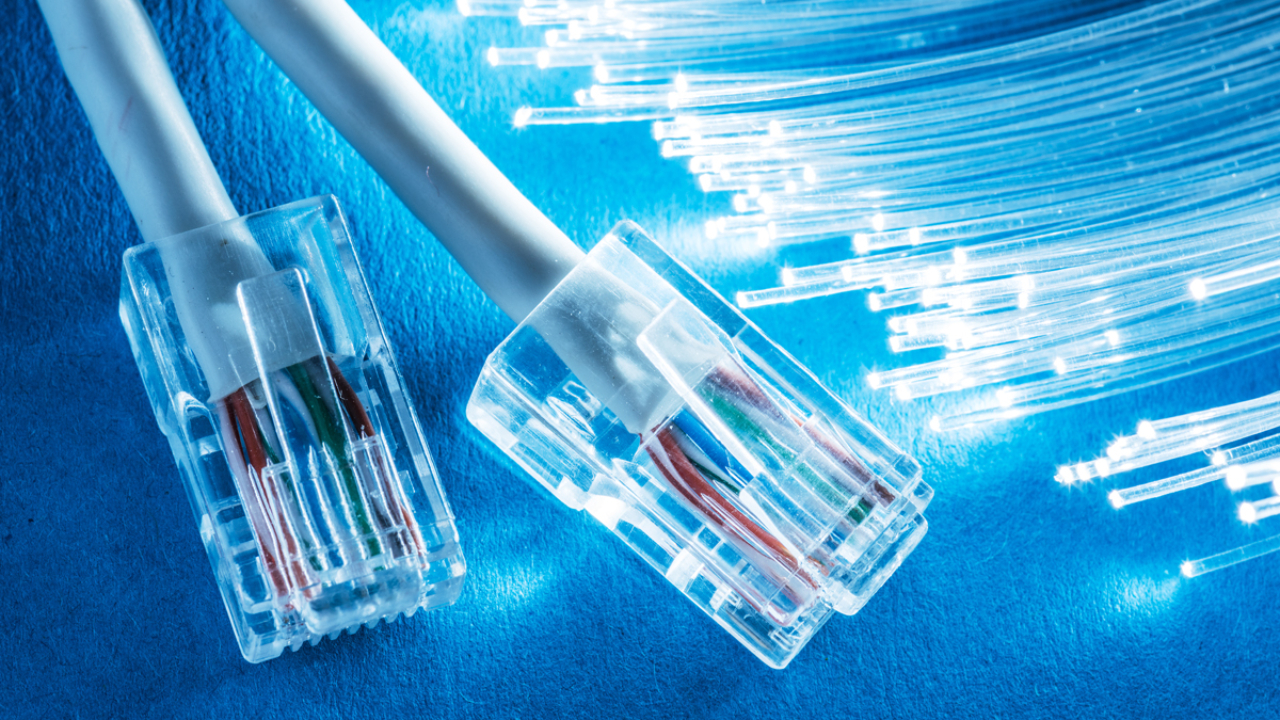
Living in rural areas offers the tranquillity of wide open spaces and a strong sense of community, but one aspect that often lags behind is internet connectivity. For those with a sense of adventure and a healthy dose of DIY spirit, navigating the digital divide in rural settings can often lead to a vital question: cable or fiber?
In this article, we’ll evaluate these rural internet options to help rural residents and small business owners make better-informed decisions.
Understanding the Internet Options

To understand the nature of the available options, here are a few questions that might arise in your mind. Knowing the answers to these questions will help you make a decision that suits you well.
Is cable Internet good for rural areas?

Cable internet has been a lifeline for many rural internet users, with providers extending their coverage to reach even the smallest communities. The service delivers internet via the same coaxial cables that are used to deliver cable television.
For many, cable internet is a significant step up from dial-up or satellite, offering more consistent and faster internet speeds.
The Promise of Speed

Speeds with cable internet are largely dependent on the specific plan offerings of individual providers. Generally, cable internet is one of those rural internet options that can achieve speeds that are sufficient for streaming, gaming, and working from home, though these speeds can vary during peak usage times.
The Downside of Distance

One challenge with cable internet in rural settings is the distance factor. The farther you are from the service centre, the more your internet performance may be impacted. This can result in “bandwidth bottlenecks” that slow down your internet, particularly during busy times.
Why is it hard to get internet in rural areas?
Fiber optic internet, with its promise of blazing-fast speeds, is gaining traction in more urban locales but is also slowly making inroads into some rural areas. Fiber internet uses light to transmit data, resulting in significantly faster upload and download speeds compared to cable.
The Need for Infrastructure

The main hurdle for rural fiber internet is infrastructure. Traditional Fiber networks require laying cables underground, and this process can be costly and time-consuming, which often means that rural areas are less frequently serviced.
The Performance Payoff

For rural areas fortunate enough to have Fiber internet, users can enjoy incredibly high and consistent speeds, even during peak usage periods. This also makes it an attractive option for businesses or individuals with high demands for internet performance.
Make an Informed Decision

In rural areas, the choice between cable and fiber internet services is not always straightforward. It requires careful consideration of the benefits each offers, juxtaposed with the realities of the connectivity of rural internet options. It may be a while before the digital infrastructure of rural America catches up with that of its urban counterparts. But in the meantime, weighing your options thoughtfully is key to ensuring a robust internet experience.
Explore AiNET!
If you wish to opt for fiber optic services, visit AiNET to avail the best fiber optic network and cloud storage services.
